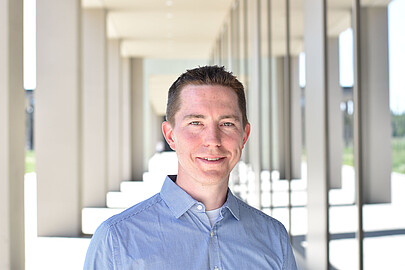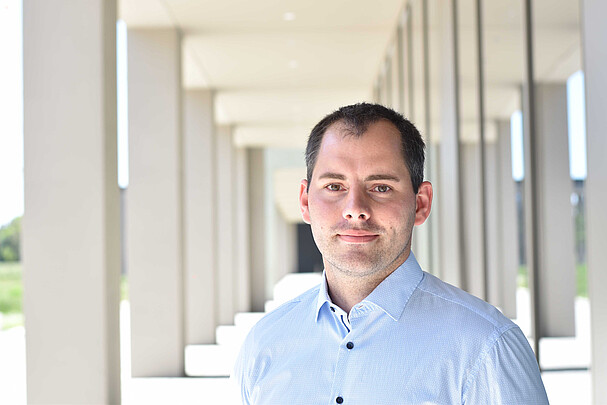The research group Nonlinear Structural Dynamics deals with the modeling and design of dynamic systems allowing for nonlinear effects. These effects can often not be neglected and have a strong influence on the dynamic behavior. Furthermore, nonlinearities can be introduced into a system on purpose, e.g. to increase structural damping by friction or in form of nonlinear vibration absorbers to increase the bandwidth of amplitude reduction. In contrast to linear systems nonlinear vibrations often exhibit special properties which have to be considered in the modeling and design process, e.g. quasiperiodic motion, internal resonances, and jumping phenomena. Besides passive devices for vibration control, the dynamic behavior can also be controled by adaptronic systems. These are multi-functional material systems with structurally integrated actuators and sensors. In general, vibration reduction is required to reduce for example sound radiation, increase lifetime or enhance the functions of a system
Piezoelectric transducers, shape memory alloys, and classic mechanical systems are investigated and applied. Fundamental knowledge is gained from simplified experiments. Moreover, vibration reduction solutions for technical applications are developed. The research focus is specifically laid on:
- Piezoelectric shunt damping
- Nonlinear vibration absorbers
- Friction damping
- Bifurcation analysis
- Experimental modal analysis
- Modelling of superelastic shape memory alloys
- Drill string dynamics
Research Group Nonlinear Structural Dynamics
Team
Group Leader


30823 Garbsen


Research Staff


30823 Garbsen




30823 Garbsen







